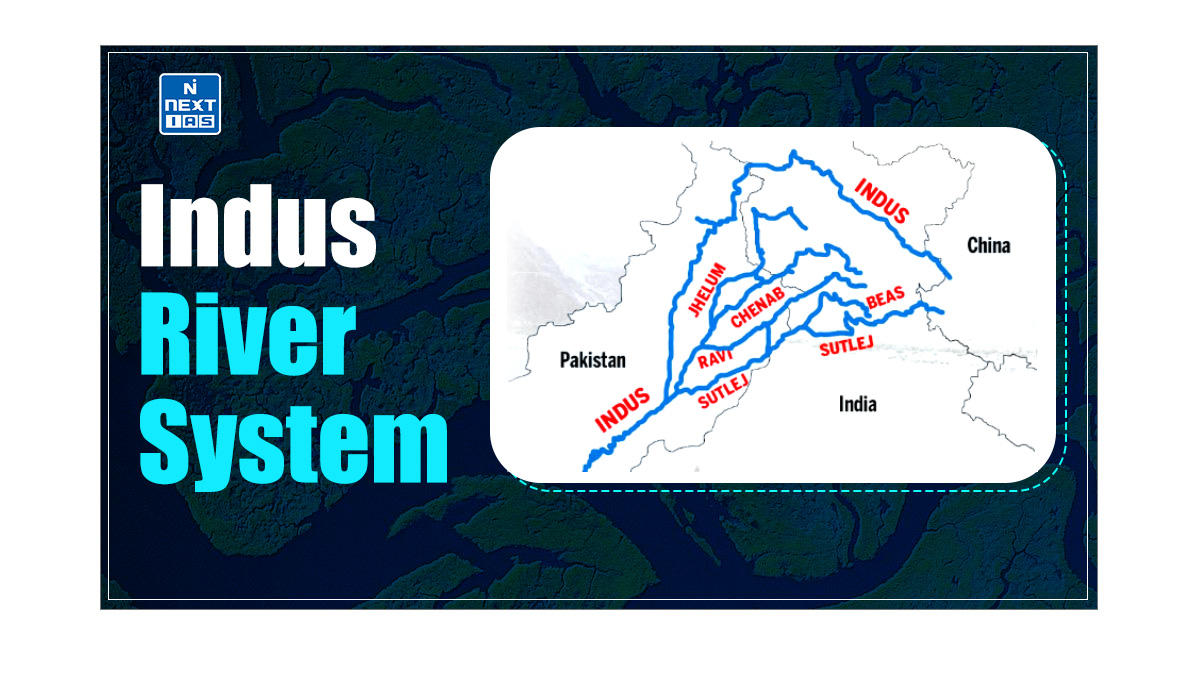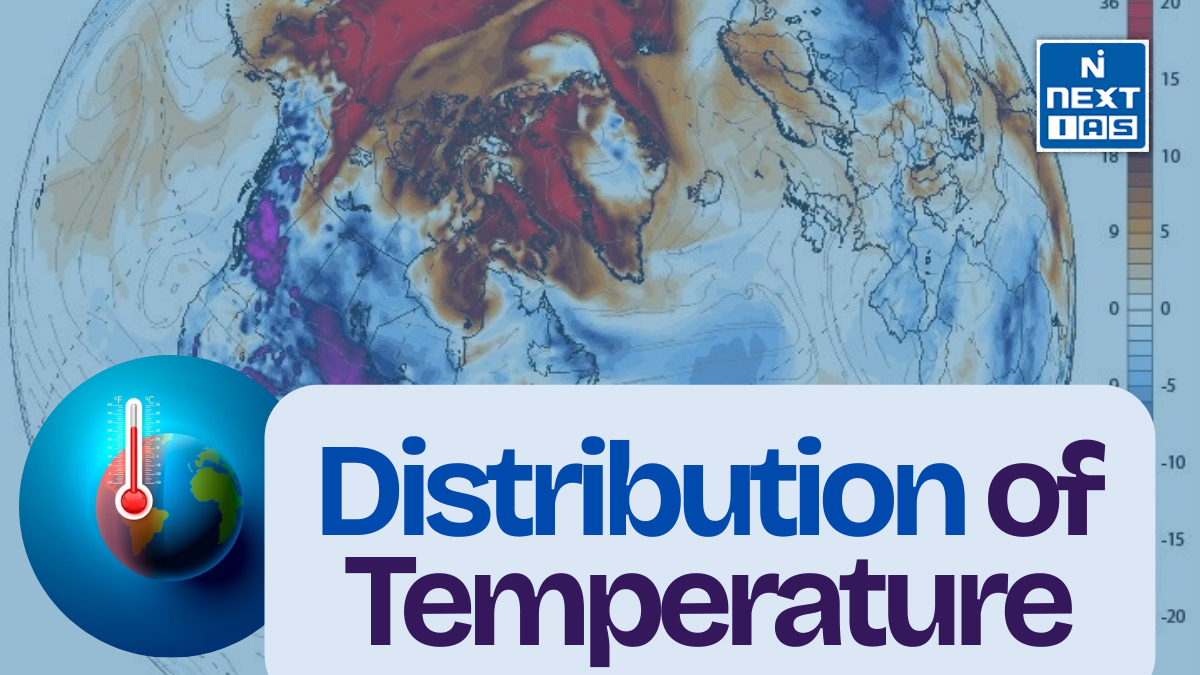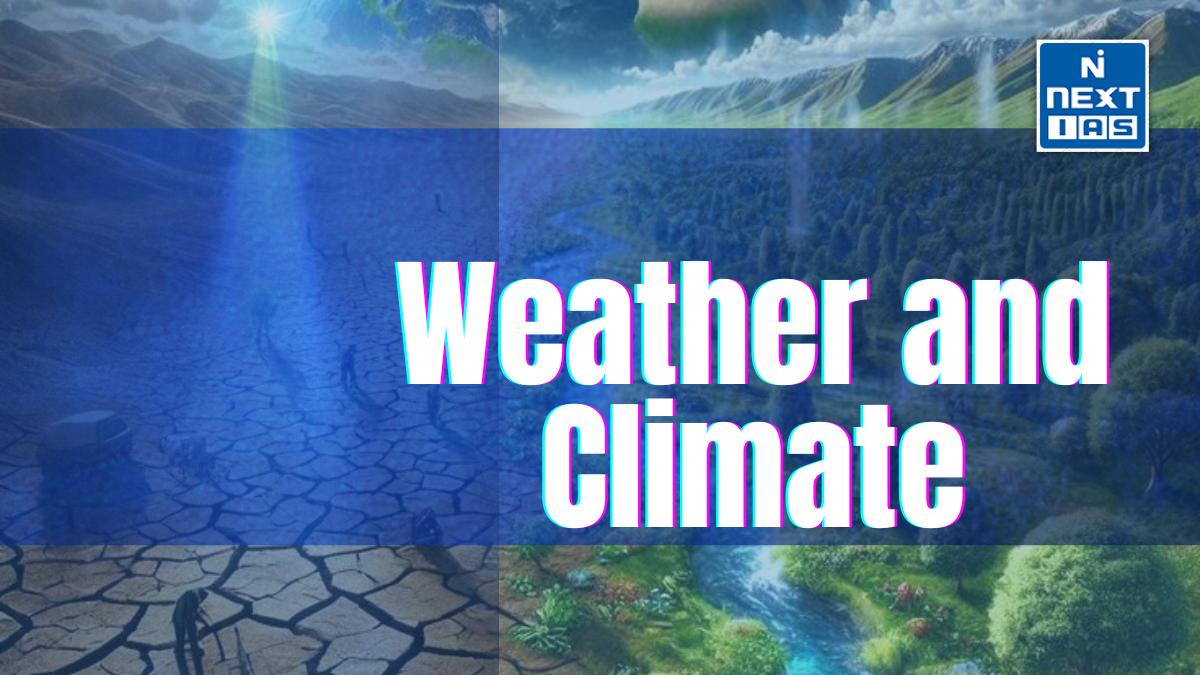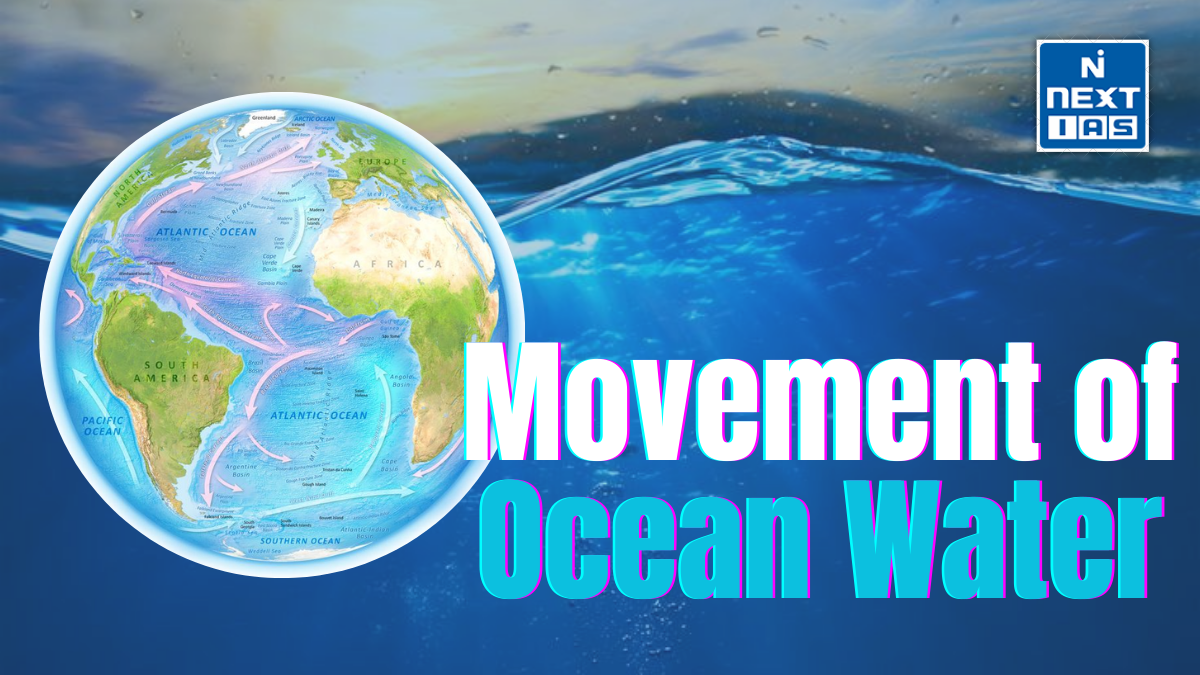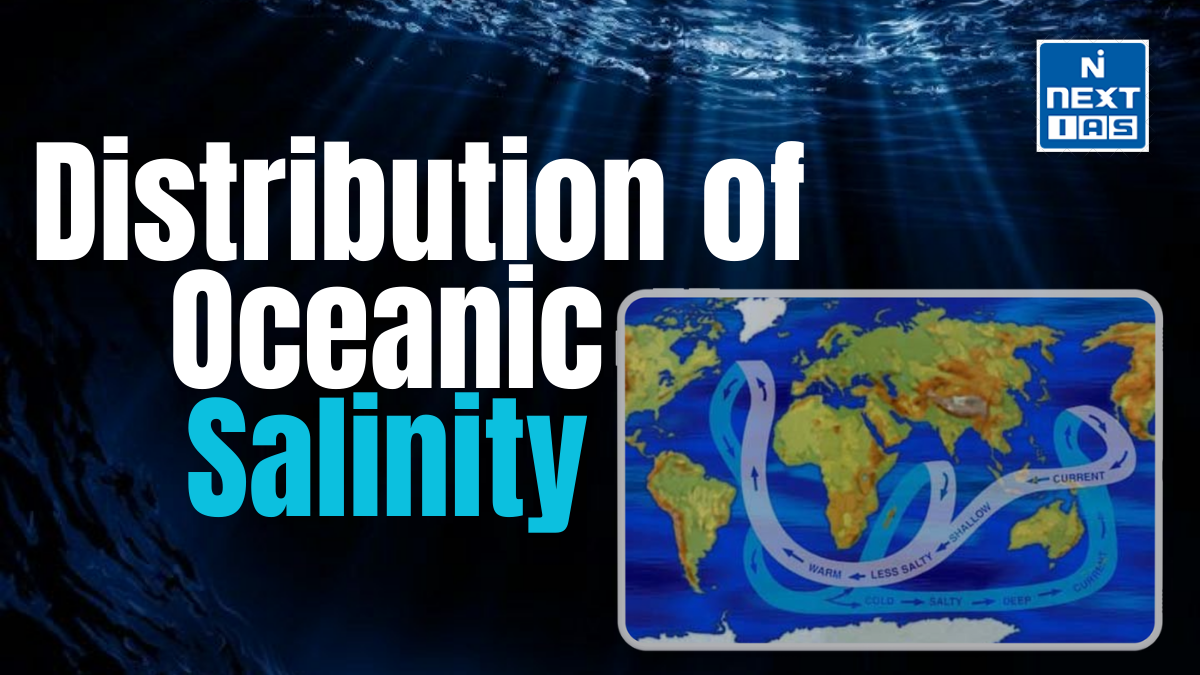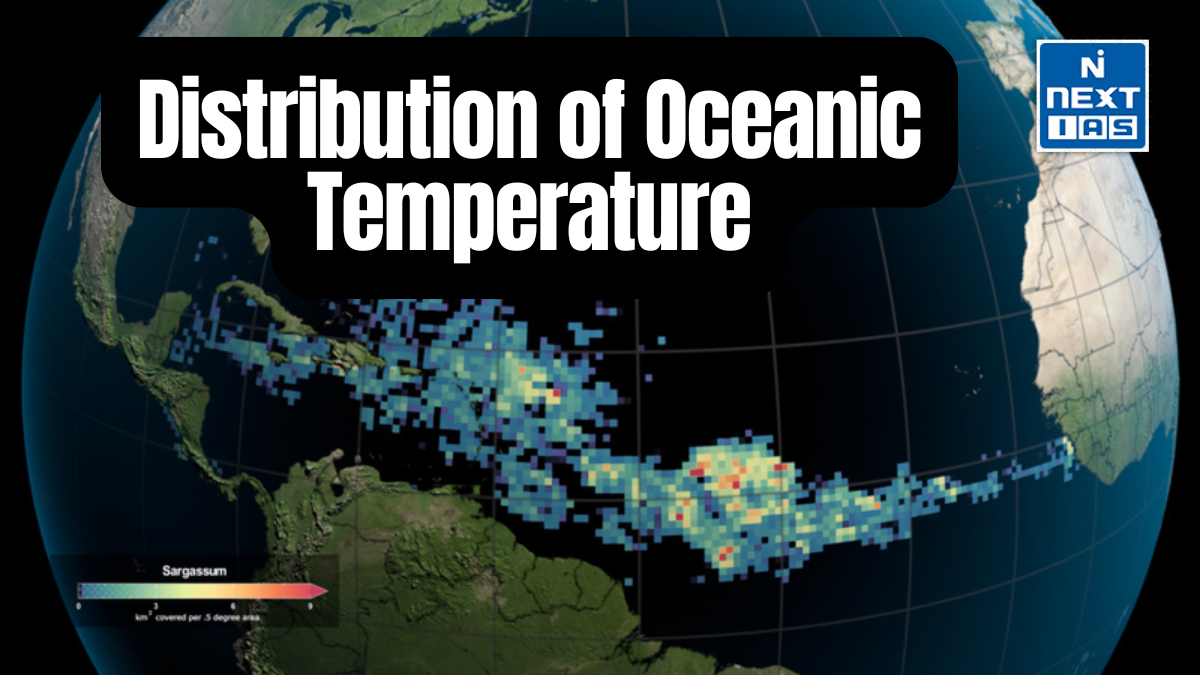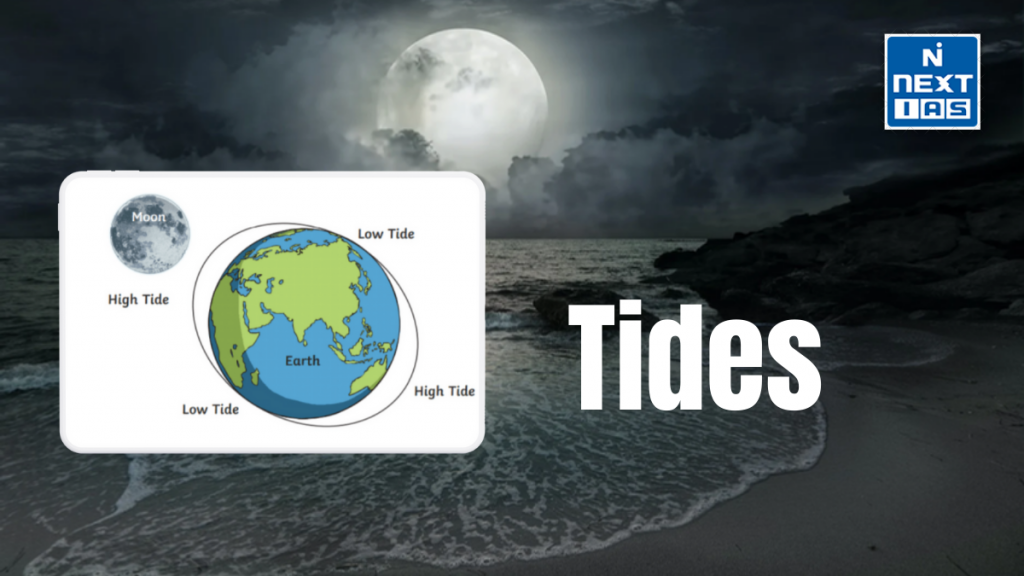
Tides are the periodic rise and fall of ocean water levels caused by the gravitational pull of the moon and the sun, along with Earth’s rotation. They are a fundamental aspect of Earth’s ocean systems, influencing coastal ecosystems, navigation, and weather patterns, and are essential for understanding marine environments.
What are the Tides?
- Tides are the regular, predictable rise and fall of ocean water levels along coastlines, caused by the gravitational forces exerted by the moon and the sun on Earth’s oceans, combined with Earth’s rotation.
- The gravitational pull of the moon is the primary force driving tides, while the sun also contributes, though to a lesser extent. When the moon’s gravity pulls on Earth’s oceans, it creates a bulge of water, causing the high tide.
- The areas perpendicular to the bulge experience low tide, as the water is pulled away. The Earth’s rotation causes different locations to pass through these high and low tide phases throughout the day.
- Tides occur in cycles, typically every 12 hours and 25 minutes, creating two high and two low tides daily (semi-diurnal tide).
- In some regions, tides may be diurnal (one high and one low tide per day). Tides are crucial for coastal ecosystems, navigation, and marine life.
Classification of Tides
Tides are classified based on their periodicity, the number of high and low tides in a day, and their relationship to the positions of the moon and the sun. The main types of tides are:
Based on Periodicity
- Semi-Diurnal Tides:
- Definition: These tides consist of two high tides and two low tides each day, with the high and low tides occurring approximately every 12 hours and 25 minutes.
- Examples: Most coastal areas experience semi-diurnal tides, such as the Atlantic coasts of the United States and Europe.
- Diurnal Tides
- Definition: These tides have one high tide and one low tide per day, with a period of approximately 24 hours and 50 minutes.
- Examples: Certain areas like the Gulf of Mexico and parts of Southeast Asia experience diurnal tides.
- Mixed Tides
- Definition: These tides have two high tides and two low tides per day, but the heights of the tides vary significantly.
- Examples: Parts of the Pacific coast, including California, experience mixed tides.
Based on the Gravitational Influence of the Moon and Sun
- Spring Tides:
- Definition: These occur when the sun, moon, and Earth are aligned (during the new moon and full moon phases), causing the gravitational forces of the moon and the sun to combine, leading to higher high tides and lower low tides.
- Effect: Spring tides produce the greatest tidal range.
- Neap Tides:
- Definition: These occur when the moon is at the first and third quarters of its phase, with the sun and moon’s gravitational forces working at right angles to each other. This results in lower high tides and higher low tides.
- Effect: Neap tides produce the smallest tidal range.
Based on Tidal Range
- Micro Tides:
- Definition: Tides with very small tidal ranges (less than 2 feet or 0.6 meters). These tides are common in some parts of the Mediterranean and Caribbean.
- Meso Tides:
- Definition: Tides with a moderate tidal range, generally between 2 feet (0.6 meters) and 4 feet (1.2 meters). These are seen in many coastal regions.
- Macro Tides:
- Definition: Tides with large tidal ranges, typically greater than 4 feet (1.2 meters). These are found in areas like the Bay of Fundy in Canada, where tides can reach up to 50 feet (15 meters) in height.
Understanding the different classifications of tides is crucial for navigation, fishing, and understanding coastal ecosystems, as tides influence water movement, nutrient distribution, and marine life behavior.
Features of Tides
Tides have several unique features that characterize their behavior, influence, and impact on coastal areas. These features include their periodicity, range, causes, and effects on marine and coastal ecosystems. Some key features of tides are:
Periodicity
- Tides occur in regular cycles, influenced by the positions of the moon, sun, and Earth. The main periodicity of tides is:
- Semi-diurnal tides: Two high tides and two low tides per day (approximately every 12 hours and 25 minutes).
- Diurnal tides: One high tide and one low tide per day (approximately every 24 hours and 50 minutes).
- Mixed tides: Two high tides and two low tides per day, but the heights of the tides vary.
Tidal Range
- The tidal range is the vertical difference between the high and low tide levels.
- Tidal ranges can vary significantly depending on location, with macro tides (large tidal range) seen in areas like the Bay of Fundy, and micro tides (small tidal range) seen in areas like the Mediterranean.
Spring and Neap Tides
- Spring tides occur during full moon and new moon phases when the sun, moon, and Earth are aligned, causing larger tidal ranges (higher high tides and lower low tides).
- Neap tides occur during the first and third quarters of the moon when the sun and moon’s gravitational forces are perpendicular to each other, producing smaller tidal ranges.
Gravitational Influence
- The primary cause of tides is the gravitational pull of the moon on Earth’s oceans, with the sun also contributing, though to a lesser extent.
- Gravitational bulge: The moon’s gravity pulls the Earth’s water toward it, creating a bulge, leading to high tide at that location. As Earth rotates, different areas experience high and low tides.
Tidal Bore
- A tidal bore is a rare phenomenon where incoming tidal waters create a strong, fast-moving wave that travels up narrow rivers or estuaries, reversing the river’s flow.
- It occurs in some locations with high tidal ranges and can be a powerful force, often seen in the Bay of Fundy and the Qiantang River in China.
Tidal Currents
- Tides generate tidal currents, which are the horizontal movement of water caused by the rising and falling of tides. These currents influence water flow in estuaries, bays, and along coastlines, and can affect navigation, fishing, and sediment transport.
Tidal Bores and Tidal Streams
- Tidal streams are the flow of water in and out of bays and estuaries as the tide rises and falls. These currents are important for navigation and sediment transport.
- A tidal bore refers to a sudden, strong tidal surge moving upstream in narrow river mouths, creating a dramatic rise in water levels.
Effect on Marine Life
- Tides influence the distribution and behavior of marine life. For example, intertidal zones, which are exposed to air during low tide and submerged during high tide, are home to specialized species that can survive in both environments.
- The rising and falling tides also affect feeding and breeding patterns of marine species, such as fish, crabs, and mollusks.
Effect on Coastal Erosion and Sediment Transport
- The movement of water during tidal changes causes erosion and deposition along coastlines. Strong tides can carry sediments from one area to another, reshaping beaches, cliffs, and river mouths.
- Tides play a critical role in shaping coastal landscapes and the formation of estuaries, deltas, and other landforms.
Influence on Human Activities
- Tides influence a wide range of human activities, such as fishing, shipping, navigation, and coastal development.
- Tidal cycles determine when boats can safely navigate in and out of harbors, while tidal movements can also influence the availability of fish in certain areas.
In summary, tides are an essential natural phenomenon with significant effects on Earth’s oceans, coastlines, ecosystems, and human activities. Understanding their features is vital for managing coastal environments, marine resources, and navigation systems.
Significance of Tides
Tides have considerable significance in a variety of natural processes and human activities, influencing ecosystems, climate, and even economics. Here are some of the major areas where tides play an essential role:
Regulation of Coastal Ecosystems
- Tides play a critical role in shaping coastal ecosystems by driving the movement of water, nutrients, and sediments. In intertidal zones, where land and ocean meet, tides influence the distribution and behavior of marine organisms such as mollusks, crabs, and seaweed.
- These zones provide vital habitats for marine species and contribute to the biodiversity of coastal environments.
Nutrient Distribution and Marine Productivity
- The rise and fall of tides facilitate the movement of nutrients in the ocean, particularly through processes like upwelling, where nutrient-rich water from the deeper ocean is brought to the surface.
- This supports the growth of phytoplankton, which forms the foundation of marine food webs, sustaining fish and other marine organisms and supporting the fishing industry.
Impact on Marine Life
- Many marine species, including fish, crabs, and birds, rely on the tidal cycle for breeding, feeding, and migration. For example, intertidal organisms are adapted to live in areas that are alternately submerged and exposed to air, while species like sea turtles time their nesting to coincide with certain tides.
- Tides also influence the availability of food for marine animals, as organisms like plankton and small fish move with the changing tides, affecting the distribution of predators.
Tidal Energy Generation
- Tides can be harnessed to produce renewable energy through tidal power, using the movement of water caused by the rise and fall of tides.
- Tidal energy is a clean, sustainable source of power that can be used to generate electricity, benefiting coastal communities by providing a reliable energy source without polluting the environment.
Shipping and Navigation
- Tides are essential for maritime activities. The rising and falling of water levels affect the depth of water in harbors and shipping lanes, determining when ships can safely navigate.
- Tides are particularly important for port operations, as boats and ships need to take tides into account when docking or leaving ports, and tidal knowledge helps in scheduling and planning.
Coastal Erosion and Sediment Transport
- The movement of tidal waters helps shape coastal landforms through erosion and sediment deposition. As tides move, they erode beaches, cliffs, and riverbanks, reshaping coastlines over time.
- This process is also crucial in the formation of estuaries, deltas, and sandbars, which provide important habitats for wildlife and buffer coastal areas from storm surges.
Influence on Climate and Weather Patterns
- The interaction between tides and ocean currents influences regional and global weather patterns. The exchange of heat between the ocean and the atmosphere, driven by tidal currents, can influence local climates, especially along coastal regions.
- Tides also affect the occurrence of phenomena like storm surges, which are high waters caused by storms that are worsened by the tidal phase, leading to coastal flooding.
Impact on Fisheries
- Tides have a direct effect on the distribution of fish and other marine organisms, making them crucial for fisheries. Many species follow tidal patterns for feeding and migration, which fishermen use to determine the best times to fish.
- Tidal flows also influence the availability of nursery habitats for juvenile fish and other marine species, supporting healthy fish populations and sustaining the fishing industry.
Recreational and Commercial Use
- Tides also impact human recreational activities like surfing, swimming, and beach tourism, where high and low tides can significantly alter the beach environment and safety conditions.
- For coastal communities, understanding tides is essential for activities like shellfish harvesting, kayaking, and other water-based sports and commercial activities.
Tidal Bores
A tidal bore is a phenomenon where the incoming tide creates a strong, fast-moving wave that travels up narrow rivers or estuaries.
Tidal bores are important for sediment transport and river dynamics and can have both positive and negative effects on local ecosystems and communities.
Climate Change Monitoring
- Changes in tidal patterns, particularly in relation to sea level rise caused by climate change, are important indicators of long-term environmental shifts.
- By monitoring tides, scientists can assess the impacts of global warming on coastal areas, including changes in tidal ranges, increased flooding, and the erosion of shorelines.
Way forward
In conclusion, tides are a fundamental natural phenomenon that impacts coastal ecosystems, marine life, and human activities. Their role in nutrient distribution, energy generation, navigation, and climate regulation highlights their importance in maintaining environmental balance and supporting sustainable coastal development and industries. Understanding tides is crucial for the future.
GS - 3